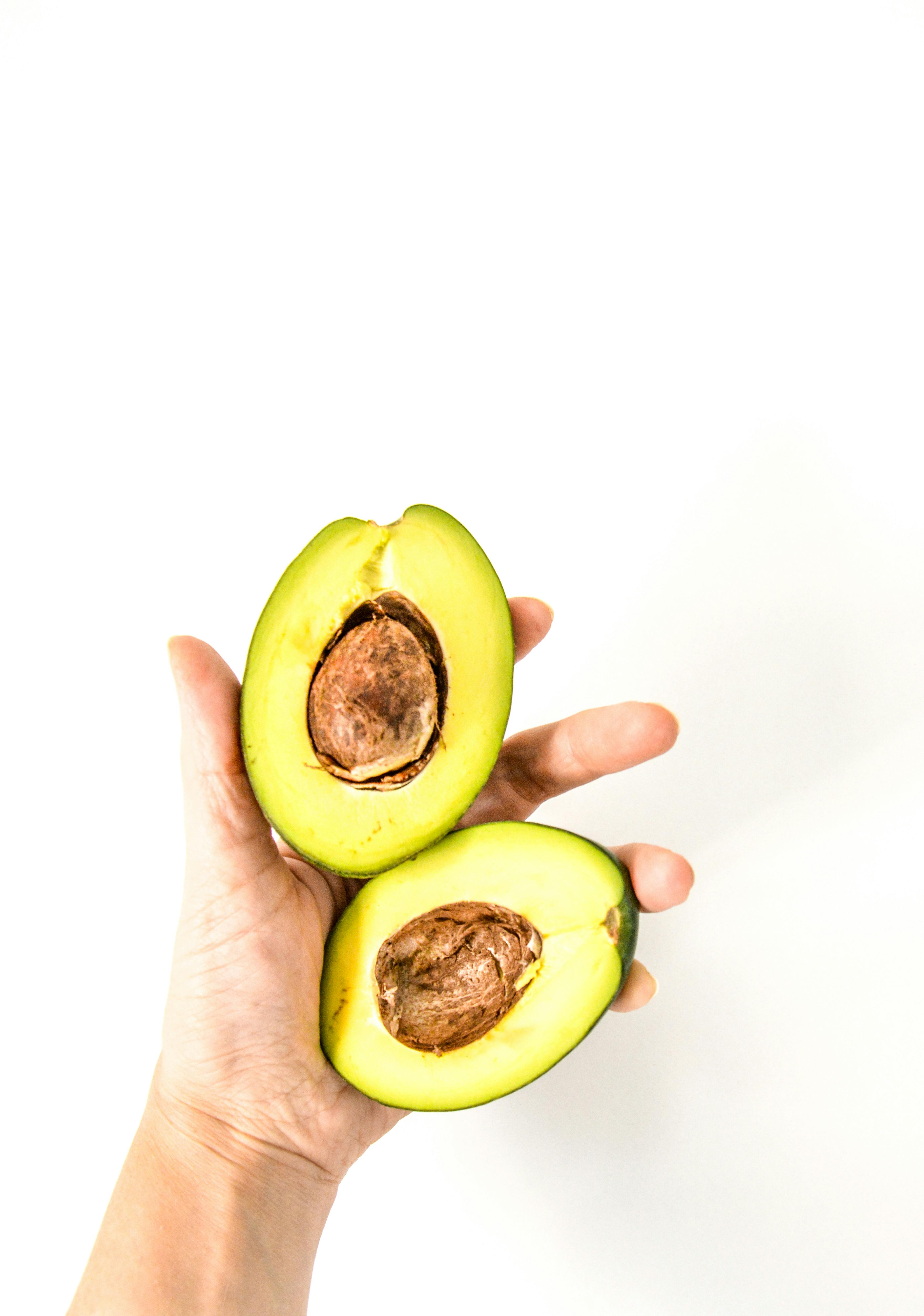
Effective Ways to Perform Wudu: Discover Essential Steps for 2025
Wudu, or Islamic ablution, is a fundamental ritual for Muslims that involves specific washing steps to achieve physical and spiritual purity before prayers (Salah) and other acts of worship. Properly performing wudu not only fulfills religious obligations but also reinforces the significance of cleanliness and mindfulness in everyday life. In this comprehensive guide, we will explore the essential steps required to perform wudu correctly, delve into its importance in Islam, and examine common mistakes to avoid. Throughout this article, you will discover best practices to make wudu easier and more meaningful in your daily routine.

Understanding the Importance of Wudu in Islam
Before we dive into the practical steps of performing wudu, it's essential to understand its spiritual significance. Wudu is a prerequisite for performing Salah and reciting the Quran, reflecting both physical cleanliness and spiritual readiness. The act of cleansing connects practitioners to their faith, providing an opportunity for reflection and intention, which is a crucial aspect of Islamic worship.
In addition to its religious significance, wudu instills a sense of discipline and mindfulness. As you approach prayer, the ritual of cleansing encourages focus and preparation, setting the stage for a deeper spiritual experience. Understanding this importance can make the act of wudu feel less like a chore and more like a sacred ritual.
With the foundation of wudu laid, let's explore the specific steps involved in performing this important act of purification.
Step-by-Step Wudu Procedure
Performing wudu involves a structured sequence of actions that must be followed to ensure its validity. Here are the essential wudu steps:
1. **Intention (Niyyah)**: Before starting, have a clear intention in your heart for the purpose of wudu. This mental preparation sets the stage for the physical act.
2. **Washing Hands**: Begin by washing both hands up to the wrists three times, ensuring water flows between your fingers.
3. **Rinsing Mouth**: Take a handful of water and rinse your mouth three times. This step helps maintain oral hygiene and is symbolic of purity.
4. **Nose Cleaning**: Sniff water into the nostrils and blow it out three times. This act clears the nasal passage, promoting overall cleanliness.
5. **Washing Face**: Wash your face three times. Ensure that water covers the entire face from forehead to chin and from ear to ear.
6. **Arm Washing**: Wash your arms up to the elbows three times, starting with the right arm, followed by the left.
7. **Wiping Head**: Wet your hands and wipe over your head once, symbolizing mental clarity.
8. **Wiping Ears**: Wipe the inside and outside of your ears once as part of the cleansing process.
9. **Washing Feet**: Finally, wash both feet up to the ankles three times, beginning with the right foot. Ensure water flows between the toes.
By following these wudu steps thoroughly, you will not only fulfill the religious requirement but also embrace the hygiene benefits associated with the practice.
Wudu Etiquette: Best Practices to Follow
When engaging in wudu, certain etiquettes can enhance your experience. Adopting proper wudu etiquette ensures that the process is respectful and fulfilling. Here are some key practices to consider:
Creating a Dedicated Wudu Space
Creating a clean and designated wudu space can significantly enhance the wudu experience. Choose a quiet spot that allows for focus and tranquility. Use a clean basin or faucet that promotes ease of use. This dedicated area helps in concentrating on the act of cleansing without distractions.
Water Conservation in Wudu
While wudu involves water usage, it's crucial to be mindful of water conservation. Only use as much water as necessary for each step. This practice aligns with environmental stewardship in Islam and demonstrates respect for natural resources.
Mindfulness during Wudu
Engaging in wudu should be a mindful practice. Focus on the sensations of water and the significance of each action, which serves to heighten spiritual awareness. This intentional approach not only prepares you for prayer but also cultivates a reflective state of mind.
Building on these principles, let’s now examine common mistakes people make when performing wudu.
Avoiding Common Mistakes in Wudu
No practice is perfect, and wudu is no exception. Understanding common mistakes in wudu can help maintain its effectiveness and validity. Here are a few pitfalls to watch for:
Skipping Steps in the Sequence
Each step in the wudu sequence holds significance. Skipping any part undermines the ritual's integrity. Ensure that every step is performed as intended to uphold the essence of wudu practice.
Insufficient Water Coverage
If water does not reach all necessary body parts, wudu may be considered incomplete. Take care to ensure thorough washing, especially between fingers and toes. Pay close attention to the maqasid (intentions) behind cleansing.
Neglecting the Intention (Niyyah)
Performing wudu without a clear intention diminishes its spiritual value. Always begin with the conscious decision to purify yourself for prayer or another act of worship.

The Benefits of Performing Wudu
Wudu offers various benefits that extend beyond ritual purity. Engaging in this practice can lead to numerous spiritual and physical advantages:
Spiritual Cleansing and Focus
Wudu serves as a form of spiritual cleansing, preparing individuals to approach prayer with a clear heart and mind. This ritual immersion helps foster a greater sense of connection with the divine.
Encouragement of Hygiene
As an act that mandates physical cleanliness, wudu instills a sense of hygiene and self-care. This practice can promote higher standards of personal and communal health, benefiting individuals and the broader community.
Community Bonding
Wudu often occurs within community settings, whether at mosques or in homes. Performing wudu in these spaces fosters strong social bonds and shared experiences among practitioners, enhancing community ties.
Exploring Wudu for Different Groups
Wudu is practiced across various demographics, including men, women, and children, each adapting it to their needs. Understanding these distinctions can provide insights into enhancing the experience for each group.
Wudu for Women
Women's practice of wudu should maintain the same principles. However, cultural customs may influence specific practices, especially regarding modesty. It's essential to embrace both the spiritual and practical components of wudu.
Wudu for Men
Men typically perform wudu similarly; however, discussions on etiquette, particularly in mixed-gender settings, can arise. Community education on the significance of wudu promotes understanding and respect.
Wudu for Children
Teaching children how to perform wudu introduces them to Islamic rituals early on. Clear, engaging methods can make learning fun while emphasizing the importance of both cleanliness and intention.
Q&A: Common Questions About Wudu
To help clarify some aspects of wudu, here are common questions posed by practitioners:
1. What Invalidates Wudu?
Several actions may invalidate wudu, including using the restroom, deep sleep, or losing consciousness. Understanding these factors is key to maintaining spiritual readiness.
2. Can Wudu Be Performed During Travel?
Yes! Wudu can and should be performed during travel. Understanding the wudu for travelers allows for flexibility without compromising the ritual's integrity.
3. How Does Wudu Benefit Mental Focus?
The act of cleansing serves as a meditative practice, allowing individuals to center themselves before engaging in prayer. This focus can lead to a more fulfilling prayer experience.
4. Why Is Water Significant in Wudu?
Water represents purity and cleansing. It serves as a symbolic element that connects physical practices to deeper spiritual meanings within Islamic teachings.
5. How Can I Make Wudu Easier to Perform?
Creating a dedicated space, practicing mindfulness, and understanding key steps can significantly simplify the wudu process. Set achievable goals to improve efficiency and effectiveness while enhancing spiritual connection.
Conclusion: Embracing Wudu in Daily Life
Wudu represents more than just a ritual washing; it embodies the principles of cleanliness, intention, and community connection. By mastering the steps of wudu, and understanding its spiritual significance, individuals can enhance their practice and integrate these values into everyday life. As we move towards 2025, let us embrace these essential steps and cultivate a deeper understanding of wudu, enriching our spiritual journeys.